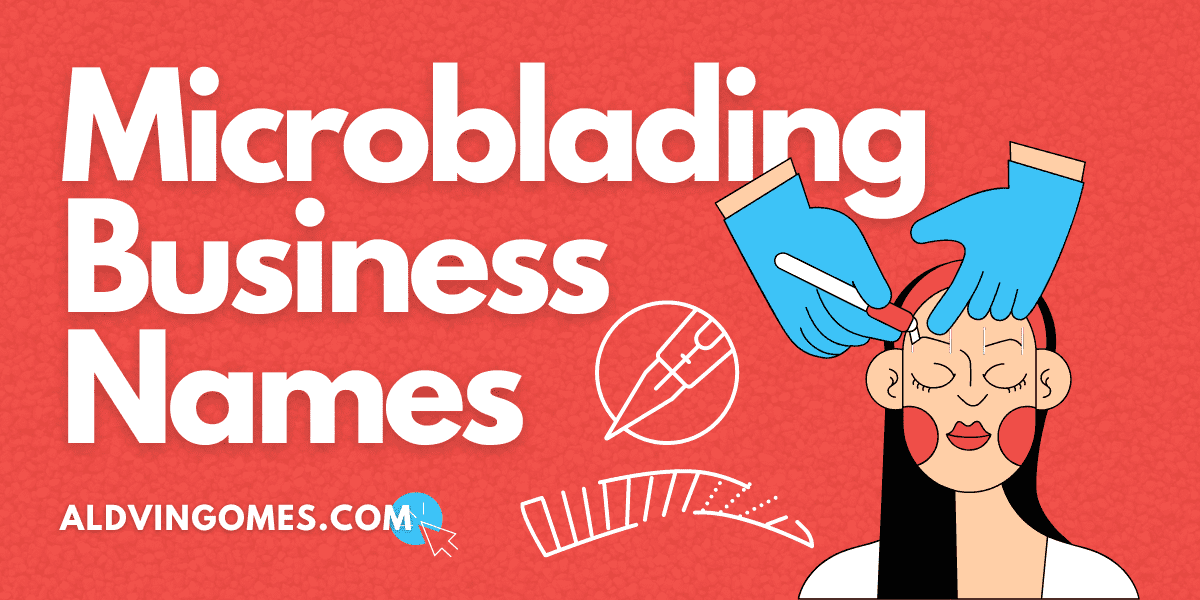The Algorithm Hates Your Name
Reasons why some names do worse on resumes, social media, and searches and solutions
Introduction
One aspect of who you are is your name. However, it’s a part of a data set on the internet.
Your name becomes a search phrase whether you’re attempting to find yourself on social media, creating material, developing a personal brand, or applying for jobs. In other words, algorithms are used to evaluate it.
Some names become well-known. Others vanish amid the cacophony.
Your name may be hurting you without you realizing it if it is too common, too complicated, or even a little out of the ordinary. Search engines are unable to identify you. Software for resumes might misinterpret you. Social media sites may mark you as suspect.
The reasons why some names do badly on digital platforms are explained in this article, along with actions you may take to increase your visibility without altering who you are.
How the Algorithm Judges Your Name
Your name is competing with itself
You are already behind if a lot of other individuals share your name. Content is ranked by algorithms based on relevancy and authority. This implies that the person who initially claimed your name, produced more material, or had more inbound links will rank higher.
This is important for LinkedIn lookups, search results, and even when someone enters your name into a candidate database or CRM.
There are thousands of other Jason Lees, for instance, if your name is Jason Lee. Actors are among them. A few are writers. Since 2005, some people have been blogging. Search engines aren’t able to identify you until you’ve done something unique with your web presence.
This also applies to names like John Smith or Maria Garcia. Algorithms are trained to treat them as general, and they are generic.
Your name might trigger filters
Algorithms are taught to recognize trends that might be signs of spam, phony accounts, or offensive material. Your name may be subtly deprioritized if it unintentionally crosses over into certain patterns.
The risk is increased for names that sound like slang, brand names, or terms related to explicit content. Despite being genuine and professional, a name like Crystal Love may be filtered or placed lower on social media sites like Instagram or LinkedIn because of keyword connections.
When this occurs, no notification is given. Simply put, you receive fewer opportunities, fewer profile views, and a smaller reach.
Your name could break resume systems
Names containing unusual characters, hyphens, accents, or space problems are frequently not parsed by applicant tracking systems, or ATS software.
This implies that automated hiring technologies are more likely to handle names incorrectly if they contain diacritical markings or come from cultures with distinct formatting conventions.
Older systems may become confused with names written in non-Western order (surname first) or with apostrophes, such as O’Neal. As a result, before your CV reaches an actual human, it may be incorrectly classified or even ignored.
Where the Problem Shows Up Most
Google search results
Many people start their search for someone on Google. They will look up your name to see what comes up, whether they are a journalist, podcast host, recruiter, or collaborator.
You are already at a disadvantage if the findings are irrelevant, unclear, or dominated by someone else.
Google gives preference to what it can comprehend. You run the risk of being mistaken for someone else if your name is not distinctive enough to establish its own identity in the search index.
Even on a personal website, the results of other people with your name will show up first if they have more backlinks or older material.
Social media discoverability
The purpose of social media is to advertise material that users can validate. Your material might not be seen by others if your handle seems strange, your account name doesn’t match your profile picture, or your name is linked to questionable behavior patterns.
Moderation filters are used by Facebook, YouTube, Instagram, and TikTok to restrict access to accounts that they deem dangerous. Name structures can occasionally be linked to those filters.
Your account may unintentionally lose reach if your name doesn’t correspond with the area you’re posting from or if it closely resembles names that have already been reported.
This makes it more difficult to expand your audience or attract the attention of partners or businesses.
Resume parsing and job applications
ATS software is used by hiring platforms to scan resumes and retrieve data. The parsing mechanism may be broken if your name is not formatted in a way that the software can comprehend.
For instance, if the header of your resume states:
Adjei-Nyarko, Dr. Kofi, MBA
It’s possible that the software won’t recognize the distinction between the credentials and the first name. It may omit the name completely or split the line into distinct fields.
Your chances of being selected are reduced if your resume is placed in the incorrect category or if your name is not correctly connected.
The fact that it has nothing to do with your experience makes this more annoying. It concerns if your name could be accurately read by a robot.
How to Make Your Name Work Online
Add context to your name
If your name alone isn’t unique, combine it with information that makes it easier for algorithms to figure out who you are.
Add a descriptor related to your city, job, or specialization in place of merely your name.
For instance
Jason Lee, a New York City product designer
Climate Tech Writer Priya Shah
David Park, Consultant for SaaS
Make use of this in your social media biographies, email signature, website title, and LinkedIn headline. This makes it easier for search engines to associate your name with a certain subject or area.
Claim consistent handles across platforms
One of the easiest ways to improve recognition is by using the same handle everywhere.
If your name is taken, use a clean variation that includes your job or purpose. Avoid using random numbers or long underscores.
Examples
@danielwrites
@sofiaseodev
@kristinainux
This consistency builds recognition and increases your chances of ranking in search results.
Also, avoid changing usernames frequently. Each change resets your visibility in ways you can’t control.
Use the same profile photo across platforms
People can identify you more easily if you have a single profile photo that shows up on your website, LinkedIn, Twitter, and other accounts.
Additionally, it provides platforms with an additional indication that your accounts are owned by the same individual.
The corresponding photo gives someone the confidence they need to connect with you on LinkedIn after seeing you on Substack.
This increases algorithmic and human trust.
Create a personal website
Even a simple one-page site with your name, bio, and links is better than nothing. It becomes a central place for Google to index your identity.
If your name is already taken as a domain, add a word related to your work.
Examples
kofiworks.com
sofiadesigns.co
danielseo.io
Include your name in the page title, header, and meta description. This improves your chances of showing up in searches.
A personal site also gives collaborators, clients, and journalists something to link to, which increases your long-term search visibility.
Use structured data if possible
You can add structured data, known as schema markup, to your website if it was created using WordPress, Webflow, or any other platform that supports code editing.
This provides Google with precise information about your identity, activities, and social media accounts.
This code can be generated using tools such as technicalseo.com and then pasted into your website.
Although it’s not required, it makes you stand out to search engines as more than just another Jason Lee or Maria Gonzalez.
Add a custom footer or signature to guest posts
If you’re publishing articles or writing guest posts for other sites, use your byline and author bio wisely.
Don’t just sign off with your name. Include a line that reinforces your niche.
Example
Written by Kristina Park, a UX copywriter helping fintech companies simplify complex interfaces.
This sentence creates a strong keyword pairing between your name and your expertise. It’s one more place for search engines to draw connections.
What Not to Do
Don’t try to game the system with fake names
Some attempt to get around these issues by utilizing random handles or pseudonyms that are simpler to search. Short-term gains might be possible, but long-term credibility is weakened.
Additionally, it makes it more difficult for partners to track you down or confirm your identity.
The better course of action is to give context and structure to make your true name more evident.
Don’t assume platforms will figure it out
Most platforms don’t prioritize fairness or nuance. If you’re waiting for LinkedIn or Google to eventually get better at recognizing diverse names, you’ll be waiting a long time.
Take control of how your name appears and how it’s connected to your work.
That doesn’t mean becoming someone else. It means making your identity easier to understand in a system that prefers patterns over people.
Why This Matters More Than Ever
The first thing people frequently notice about you is your name.
People nearly always look you up before determining whether to work with you, invite you to a podcast, or consider you for a guest post.
They may move on if they are unable to locate you or if the information they do uncover appears erratic or unclear.
This is the reality of an automated internet, and it is unfair.
Your visibility, credibility, and discoverability can all be significantly increased by making little changes to the way your name looks online.
And that leads to more job offers, press mentions, backlink requests, interviews, and invitations to collaborate.
Conclusion
You are not hated by the algorithm. It simply does not yet understand you.
By default, robots won’t help you if your name is often used, unclear, or underrepresented. But you’re not stuck because of that.
The program can learn to recognize you. You can provide the necessary background for it. And you won’t be skipped after you do.
You don’t have to let your name stand in your way. It simply needs to be more in line with your identity.
But what if your name is only the starting point? In our next piece, Name Reset: Rebranding for a Second Chance, we explore how reshaping your identity in the public eye can revive your presence, repair first impressions, and open doors that once felt closed. This is more than a cosmetic change, it is a strategic move to reclaim control over how the world finds and remembers you.




